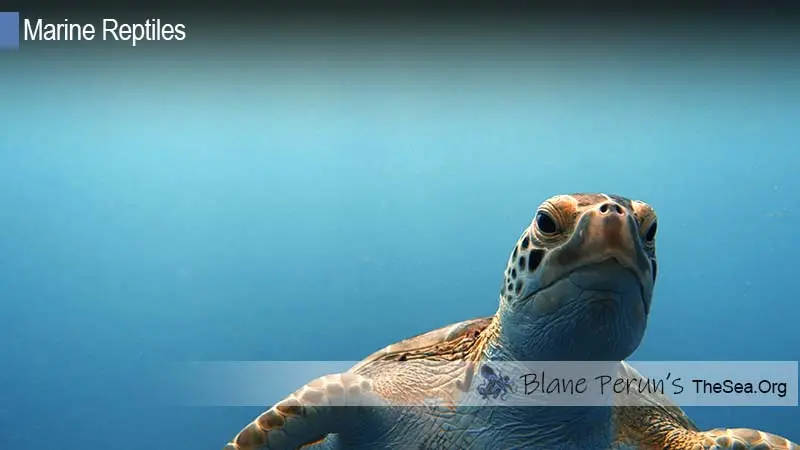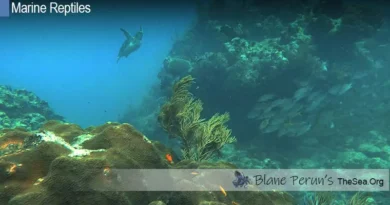How Long Can Sea Turtles Hold Their Breath
Sea turtles have an impressive lung capacity and an ability to dive for several hours. As marine reptiles that require air instead of water, they have to make frequent trips to the surface in order not to drown. They can, however, submerge their bodies to great depths as well, and they are known for their unique ability to control their buoyancy quite accurately. Most species of sea turtles are incredibly well-adapted to their marine environment, and can often hibernate underwater, similar to their freshwater cousins. They are also able to regulate their body temperatures effectively, so they can often maintain it at a higher level of warmth than the surrounding water.
As air breathing reptiles, sea turtles have lungs that require them to go back to the surface and breathe after a dive. Because of the lengthy amounts of time sea turtles spend underwater, and their natural movement reminiscent of that of sea mammals and fish that spend all their time in the depths of the ocean, it can be easy to overlook the fact that breathing and lung capacity play a key role in sea turtles’ underwater survival. Unlike most marine mammals, sea turtles don’t have any special adaptations to allow them to increase their blood or tissue oxygen supply. Instead, their lungs are the only available oxygen storage, and can retain enough oxygen for routine aerobic dives of up to 30 minutes.
Sea turtles have some of the most efficient lungs in the animal kingdom. Not only are they especially equipped to store a larger concentration of oxygen, but they are also capable of controlling buoyancy to a significantly accurate extent. Studies conducted on the capacity for buoyancy of loggerhead turtles have shown that using the oxygen supply in their lungs can affect the sea turtles’ buoyancy, beneficially altering their diving behavior. Due to this fact and their impressive anaerobic abilities, most sea turtles can comfortably stay submerged for up to 3 hours, when they don’t move too fast. When they ration their oxygen reserves even more, some turtle species can even stay underwater for 10 hours or more.
As a result of their remarkable lung capacity, anaerobic abilities and controlled buoyancy, sea turtles are capable of maximizing their diving efficiency to the point that they can easily dive to depths of hundreds of meters without placing themselves in any danger. Leatherback turtles are able to dive to a depth of more than 1,000 meters in search of jellyfish, and the depth that other sea turtles can reach is only limited by their more rigid breastbone structure and lesser ability to absorb nitrogen as effectively prior to decompression after deeper dives.
How Long Can Sea Turtles Hold Their Breath?
Understanding the Aquatic Marvels
Sea turtles, those magnificent creatures that gracefully glide through the oceans, possess some remarkable abilities, one of which is their capacity to hold their breath underwater. But just how long can they hold their breath? Let’s dive into the depths of this fascinating topic and uncover the secrets of these marine marvels.
Anatomy of Breath-Holding in Sea Turtles
Sea turtles, equipped with specialized adaptations, are well-suited for underwater life. Their anatomy plays a crucial role in their ability to hold their breath for extended periods. One key feature is their large lungs, which enable them to store significant amounts of oxygen. Additionally, sea turtles possess a unique respiratory system that allows for efficient gas exchange, maximizing oxygen uptake and utilization during dives.
Respiratory Adaptations
Sea turtles exhibit various respiratory adaptations that contribute to their remarkable breath-holding capabilities. One such adaptation is the ability to reduce their metabolic rate while submerged, conserving oxygen and prolonging dive durations. Moreover, their blood contains a higher concentration of hemoglobin, enhancing oxygen transport throughout the body tissues. These adaptations collectively enable sea turtles to undertake prolonged dives, navigating the ocean depths with ease.
Factors Influencing Breath-Holding Duration
While sea turtles possess impressive breath-holding abilities, several factors influence the duration of their dives. Understanding these factors provides insights into the variability of breath-holding times among different species and individuals.
Species Variability
Different species of sea turtles exhibit varying breath-holding capacities. For instance, the leatherback sea turtle, known for its immense size and unique physiology, can hold its breath for significantly longer durations compared to other species such as the loggerhead or green sea turtle. This variability is attributed to differences in size, metabolic rates, and ecological adaptations among species.
Environmental Factors
Environmental conditions play a crucial role in determining how long sea turtles can hold their breath. Factors such as water temperature, depth, and prey availability influence their diving behavior. Warmer waters generally allow for longer dive durations due to increased metabolic efficiency, while colder temperatures may prompt turtles to surface more frequently to regulate body temperature.
Records and Observations
Scientific research and observations have provided valuable insights into the breath-holding capabilities of sea turtles. Numerous studies have documented the diving behavior of various species, shedding light on their physiological limits and adaptive strategies.
Longest Recorded Dives
The leatherback sea turtle holds the record for the longest recorded dive among sea turtles, with individuals capable of staying submerged for over an hour. These impressive feats highlight the extraordinary adaptations of this species to deep-sea foraging. However, it’s essential to note that dive durations can vary greatly depending on factors such as activity level and environmental conditions.
Observations in the Wild
Researchers studying sea turtle behavior in their natural habitat have observed diverse diving patterns and durations. By utilizing techniques such as satellite tracking and underwater videography, scientists have gained valuable insights into the daily lives of sea turtles, including their feeding habits, migration routes, and diving behavior. These observations contribute to our understanding of the physiological limits and ecological roles of these marine reptiles.
FAQs:
- How long can sea turtles hold their breath on average?Sea turtles can typically hold their breath for several minutes, with most species capable of remaining submerged for 4 to 7 minutes during routine dives. However, some species, such as the leatherback sea turtle, exhibit exceptional breath-holding abilities, with individuals capable of diving for over an hour.
- Do sea turtles need to breathe air?Yes, sea turtles are air-breathing reptiles and must come to the surface periodically to breathe. While they can hold their breath for extended periods, they ultimately rely on surfacing to replenish oxygen supplies and expel carbon dioxide.
- How do sea turtles breathe underwater?Sea turtles possess specialized adaptations that enable them to extract oxygen from the water. Through a process called buccal pumping, sea turtles draw water into their mouth and pass it over their internal gills, where oxygen is absorbed into their bloodstream. They then expel the deoxygenated water through their cloaca.
- What is the role of oxygen storage in sea turtles?Oxygen storage is essential for sea turtles during prolonged dives. Their large lungs and efficient respiratory systems allow them to store oxygen in their bloodstream and tissues, enabling them to sustain extended periods underwater without the need for frequent resurfacing.
- How do environmental factors affect sea turtles’ breath-holding abilities?Environmental factors such as water temperature, depth, and prey availability can influence sea turtles’ breath-holding abilities. Warmer waters generally allow for longer dive durations, while colder temperatures may prompt turtles to surface more frequently to regulate body temperature and oxygen uptake.




